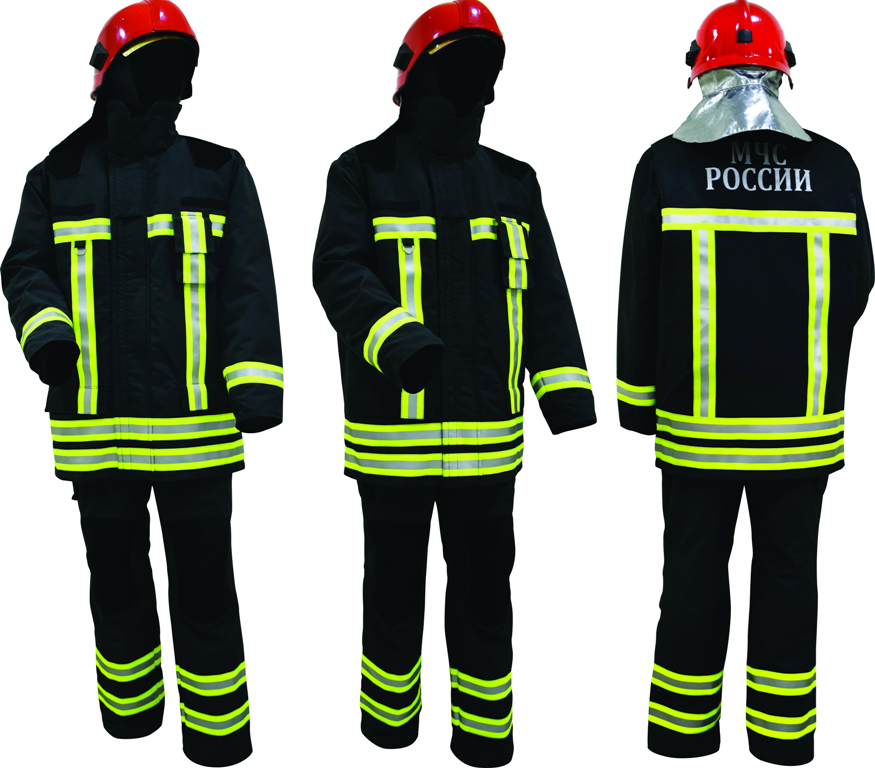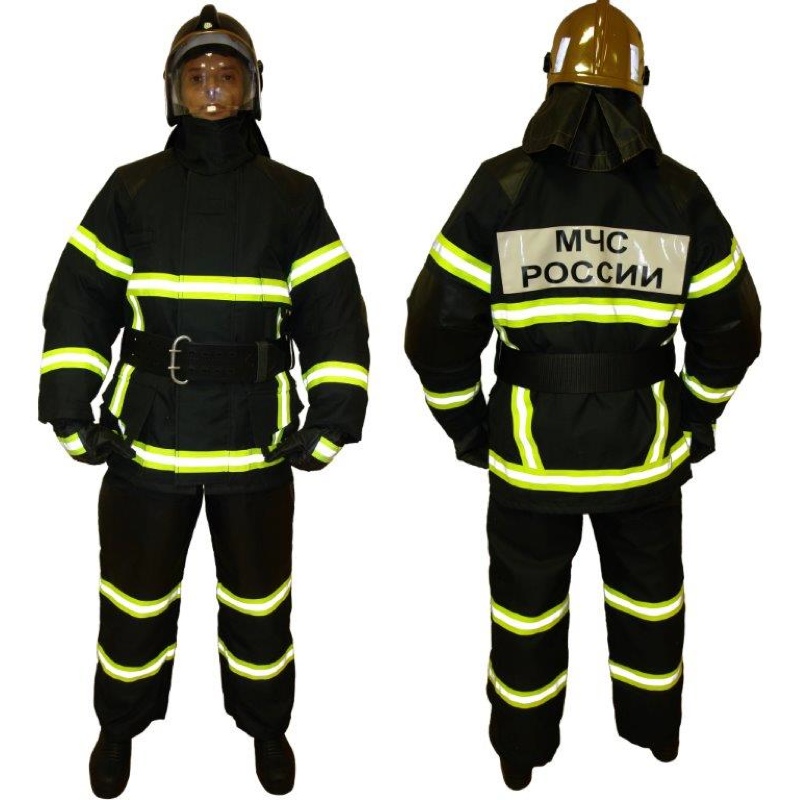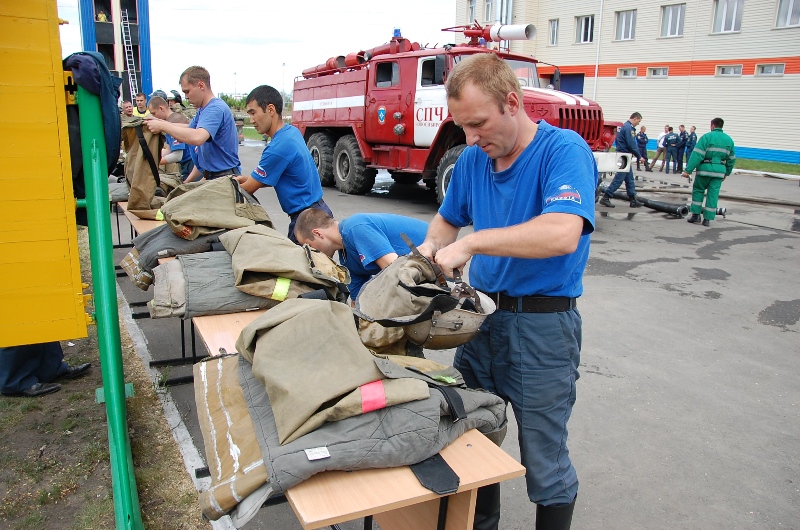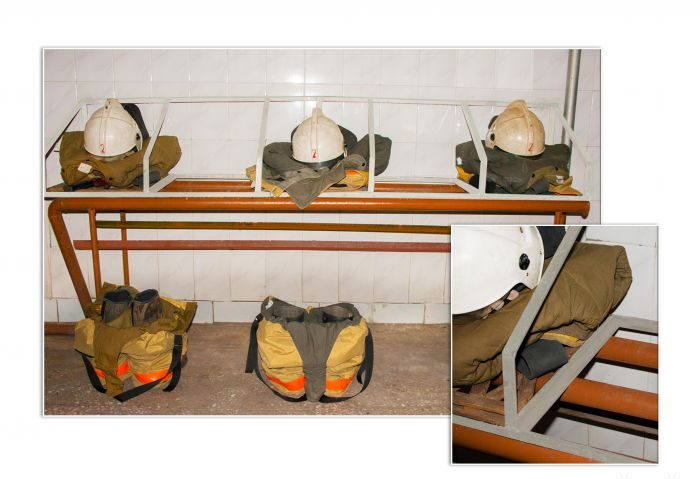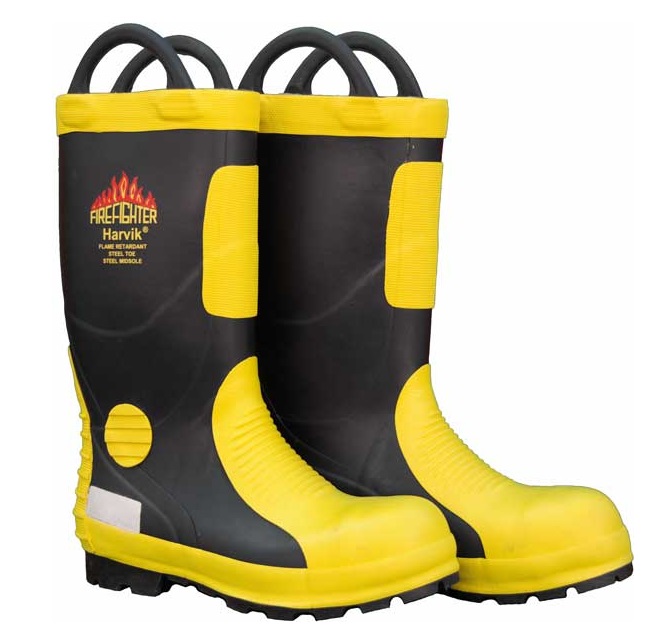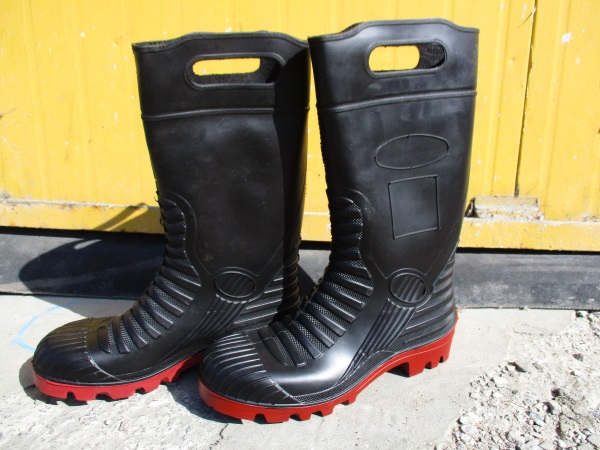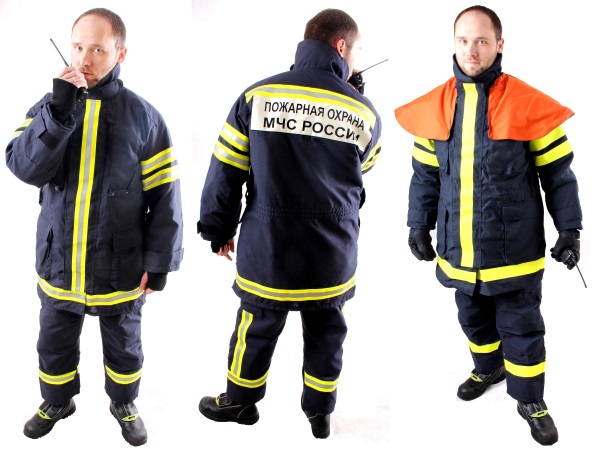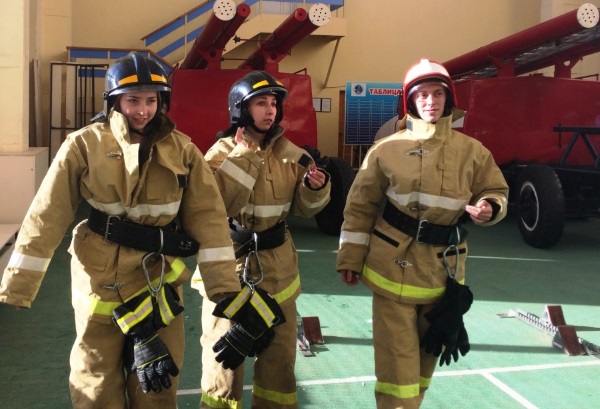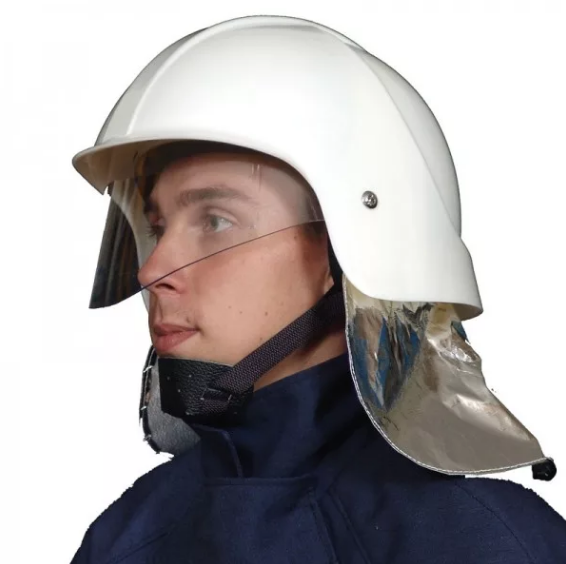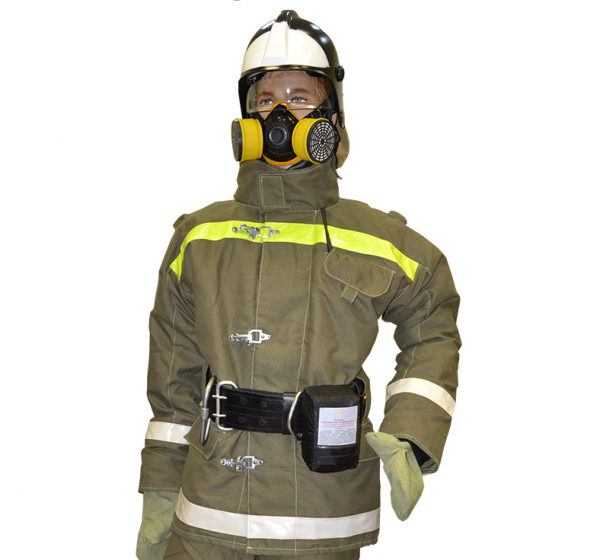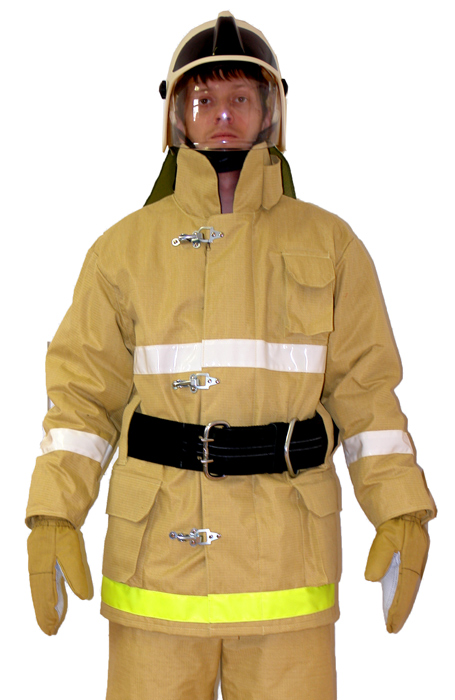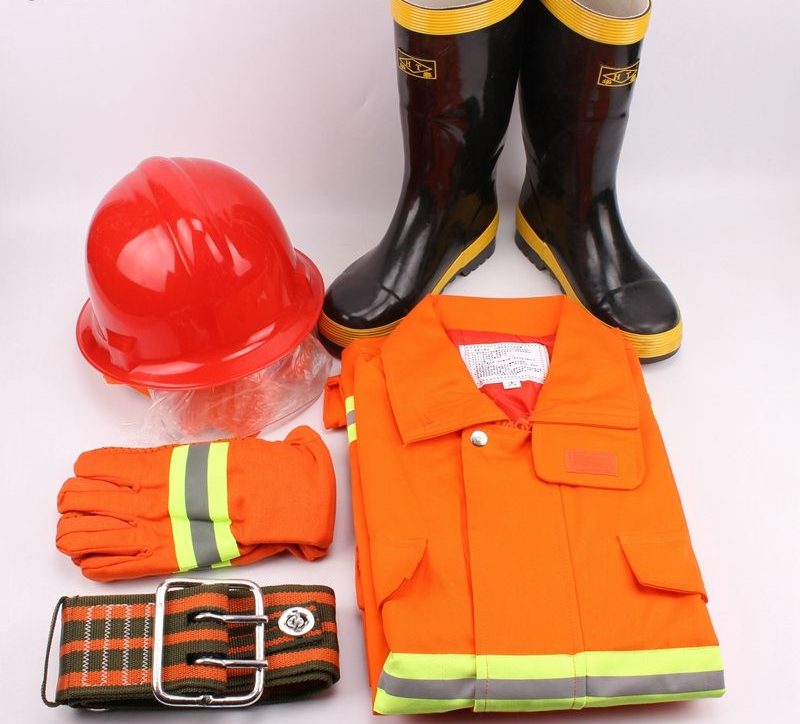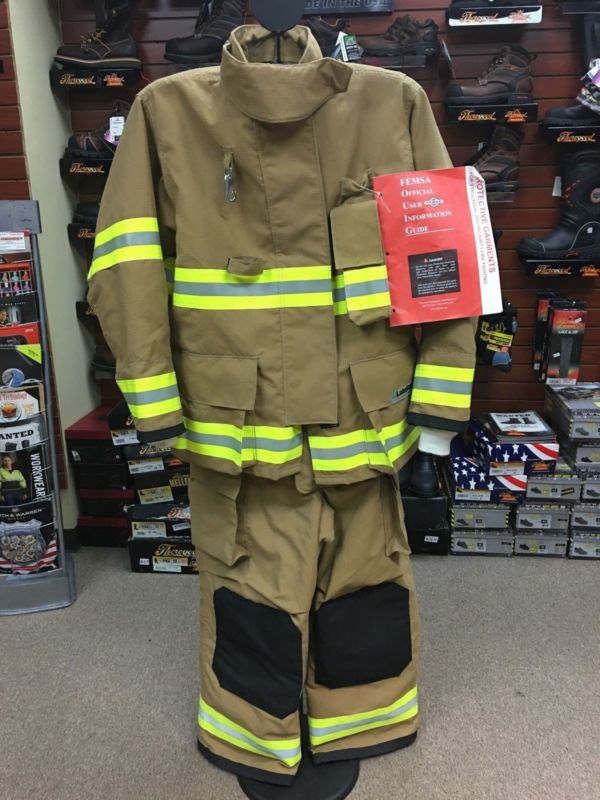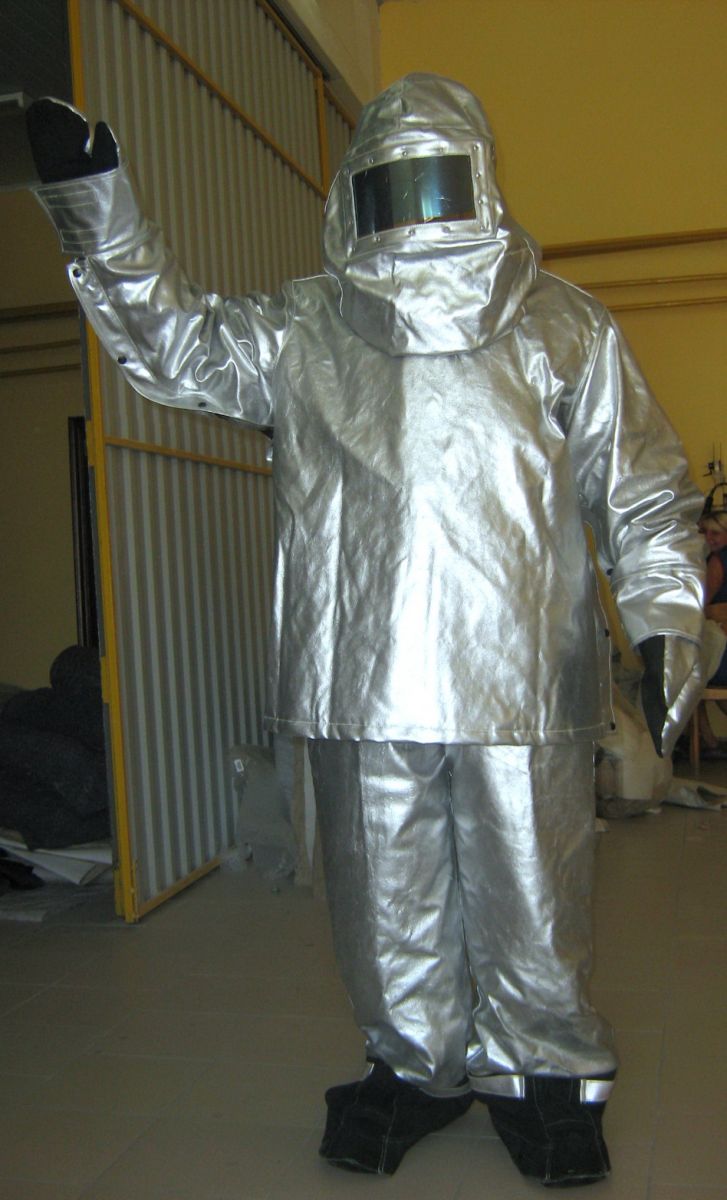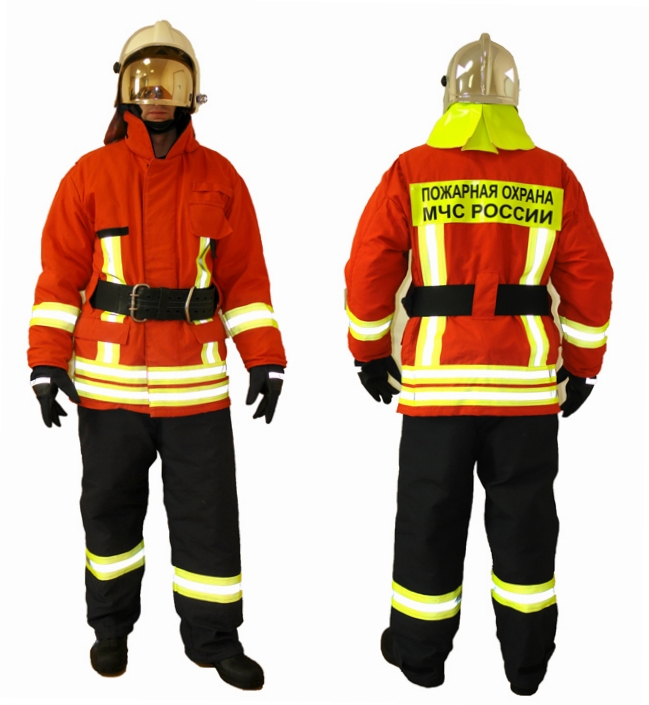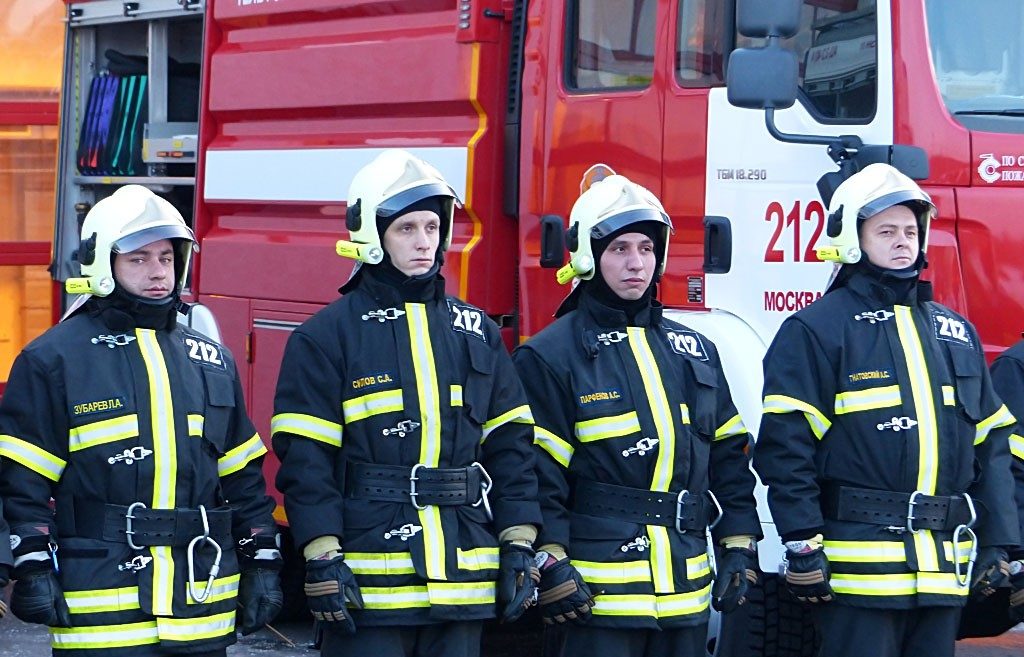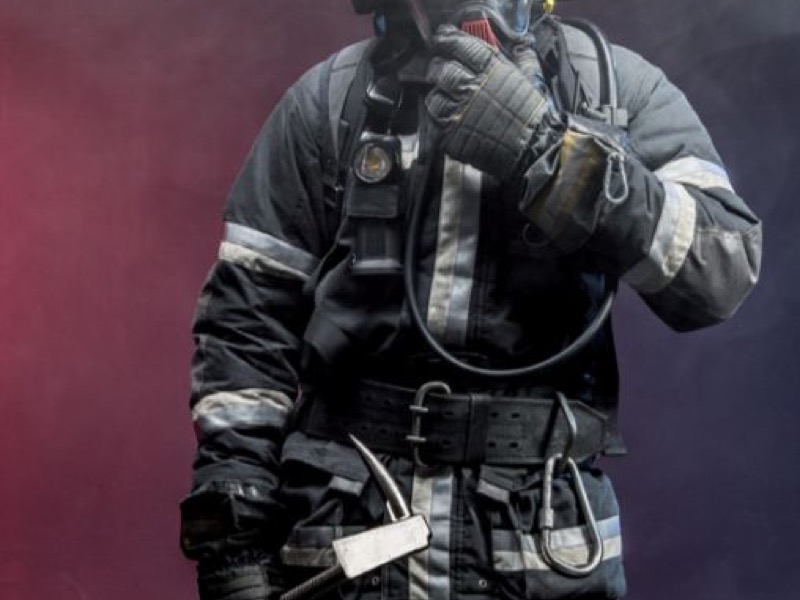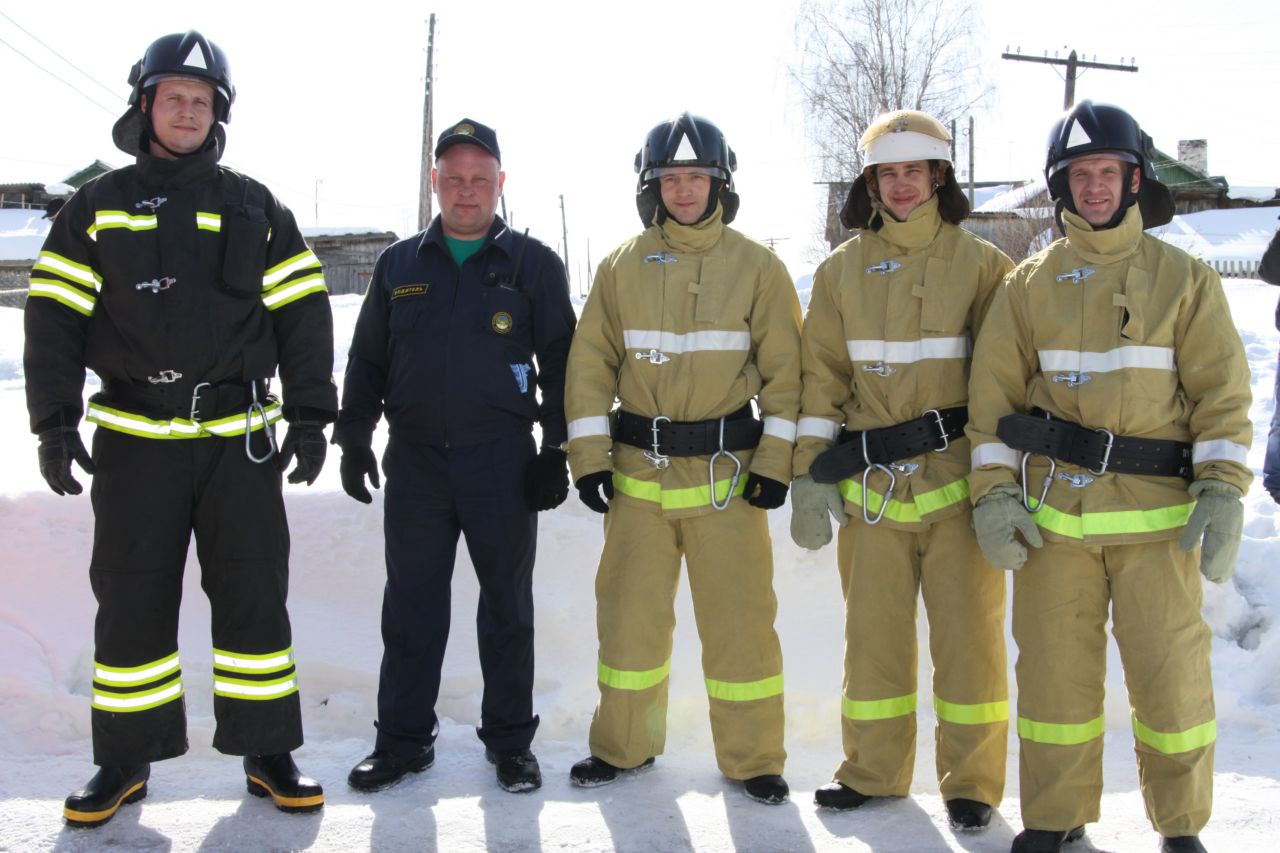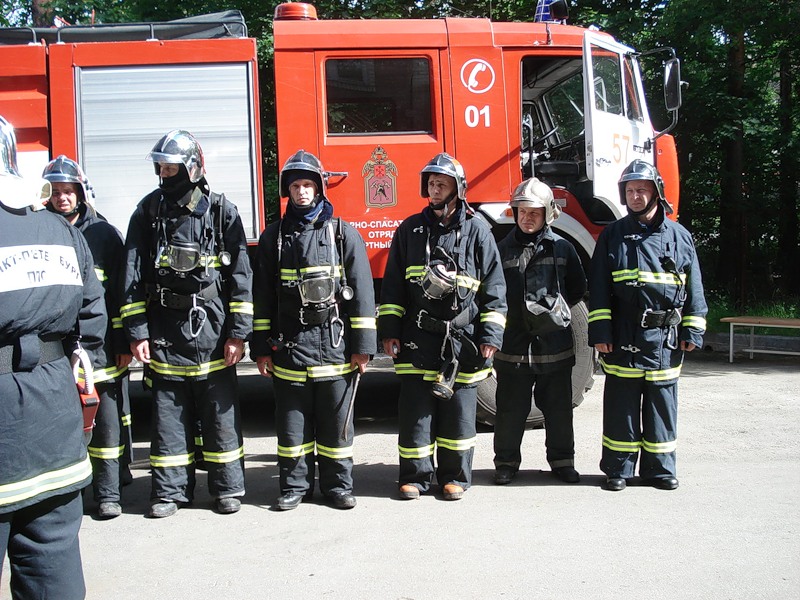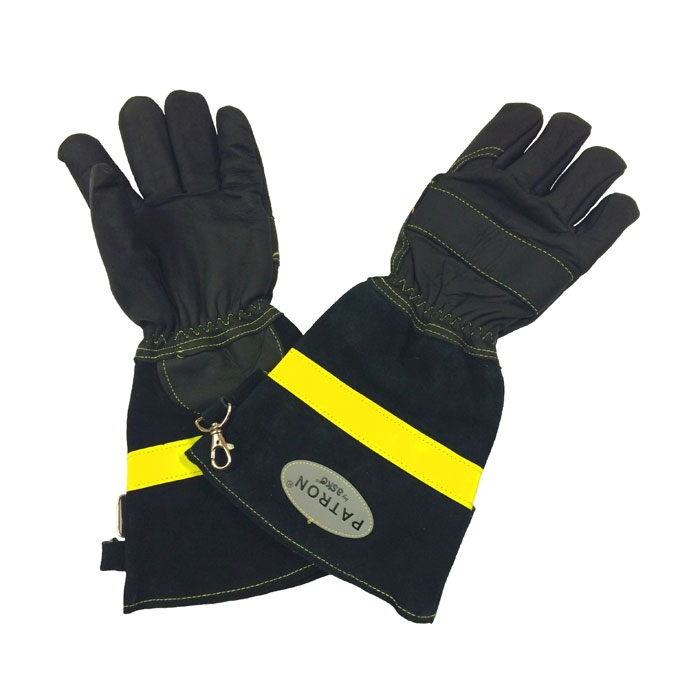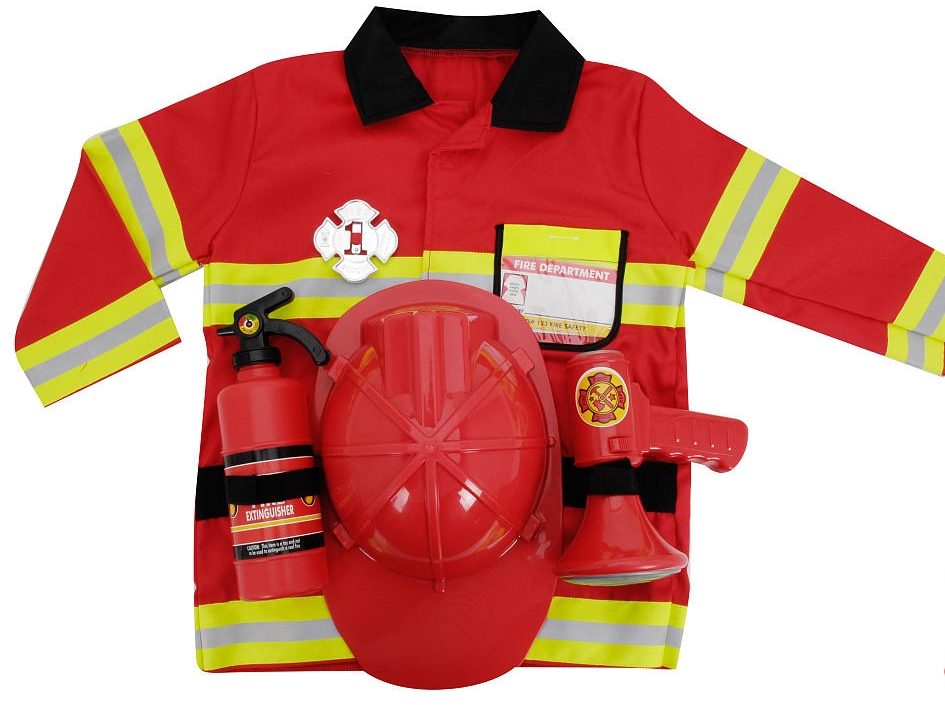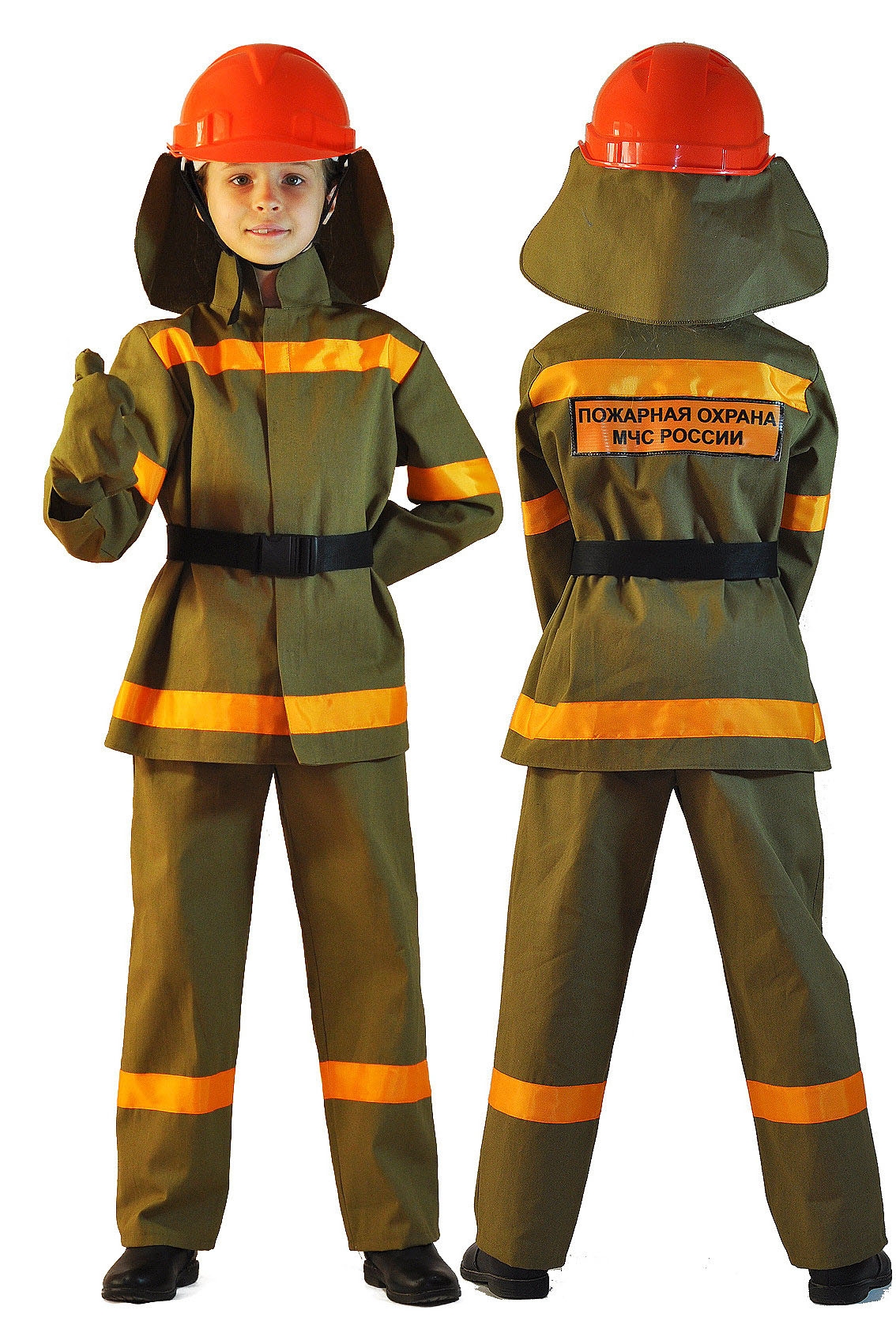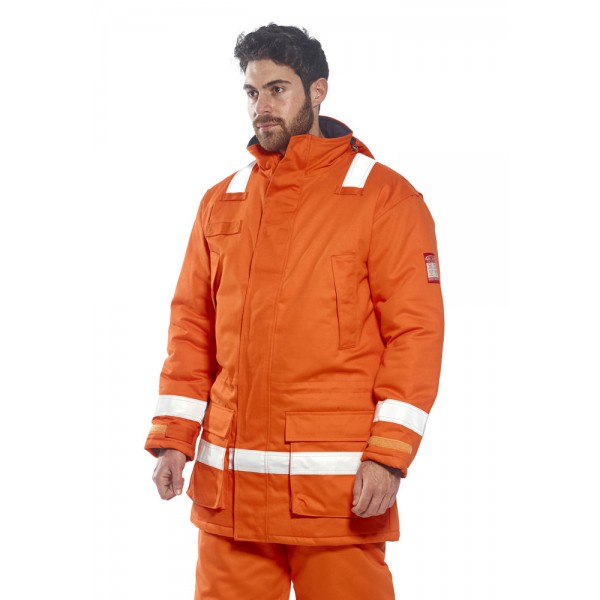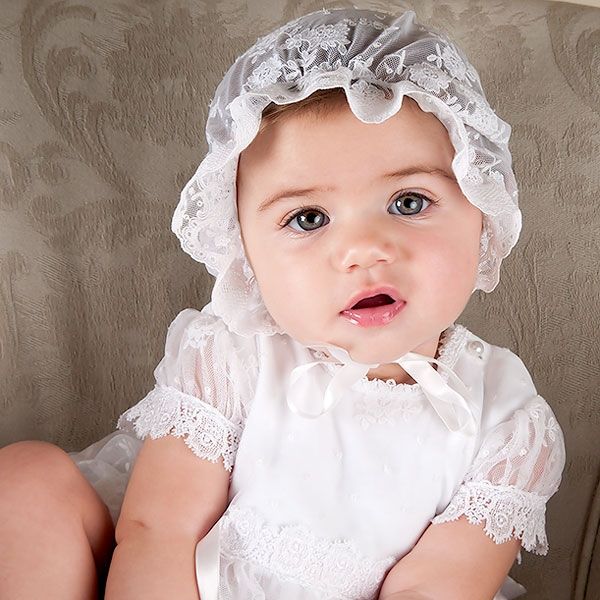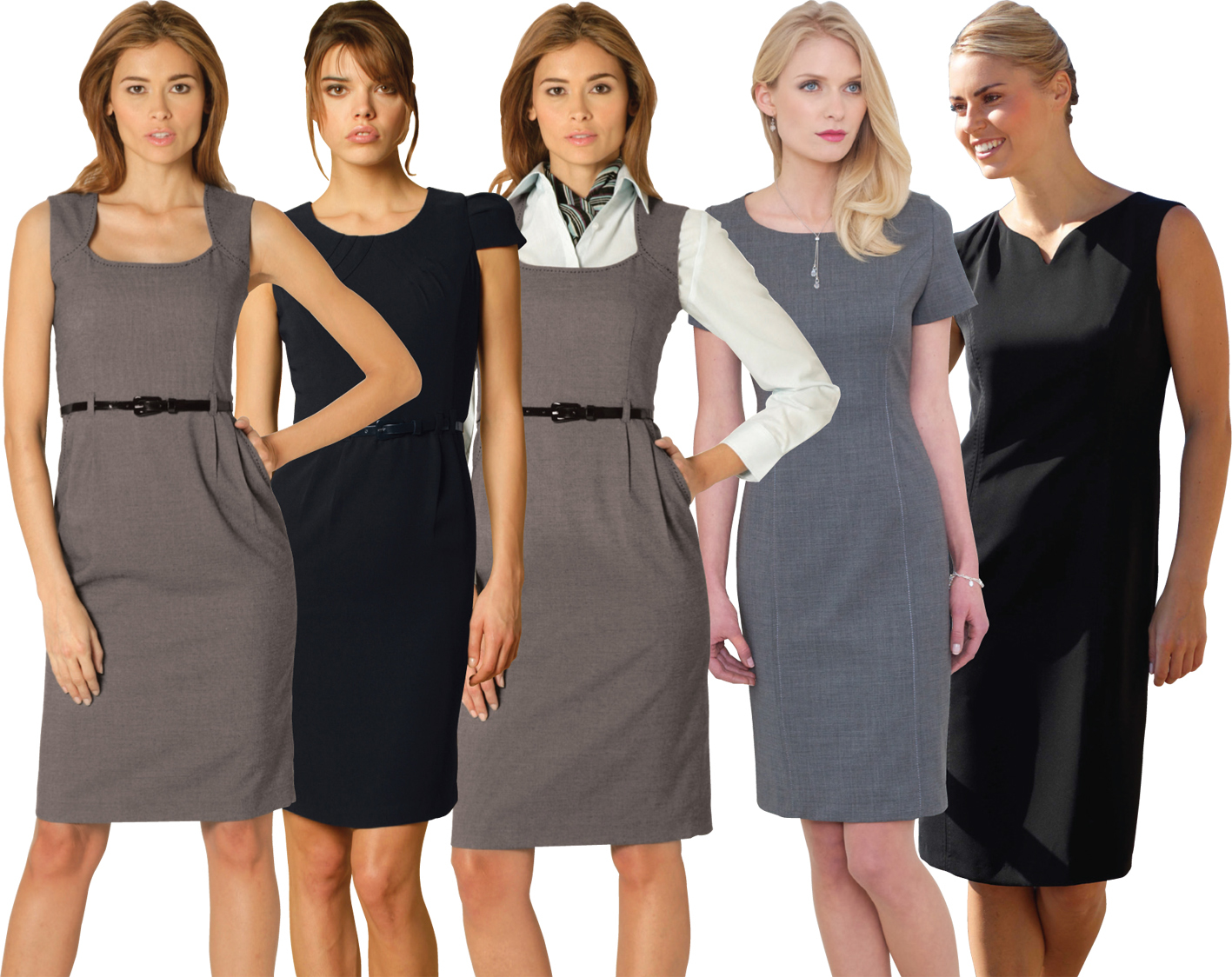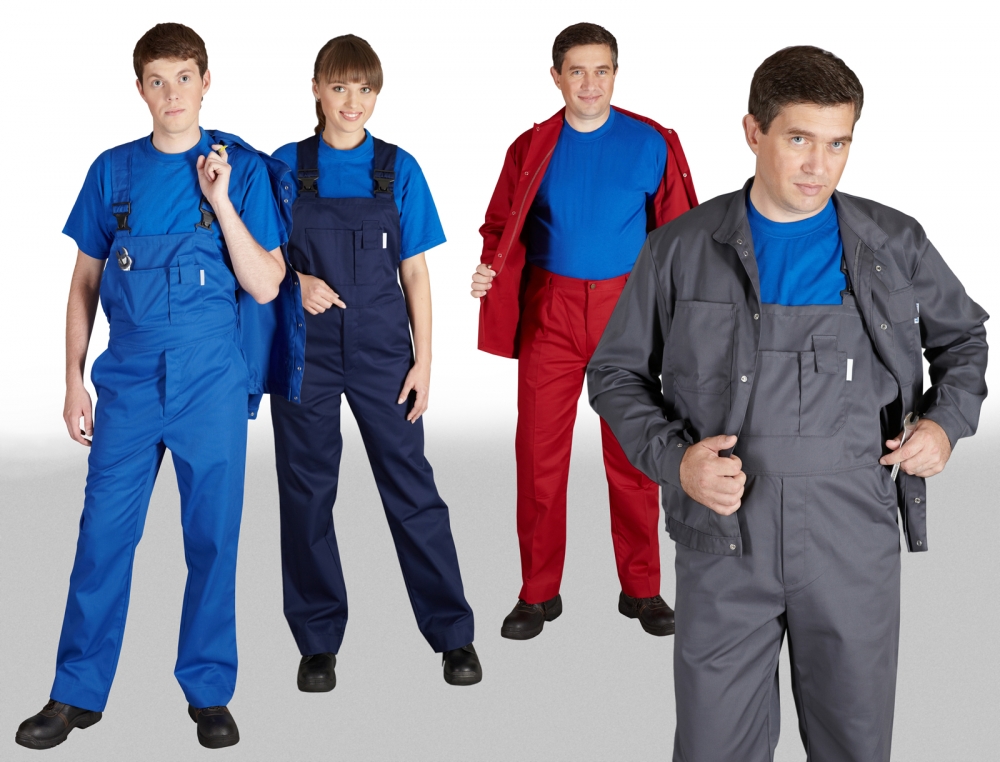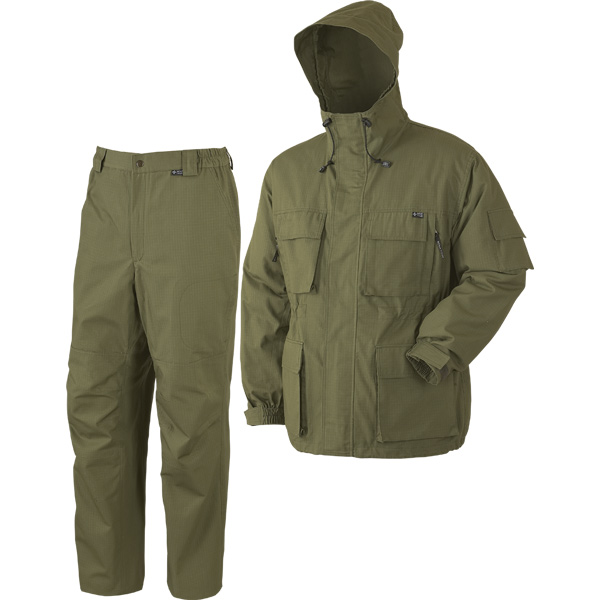Fire rescue and fire extinguishing operations require specific equipment. Special protective clothing and equipment for firefighters must strictly comply with all requirements for the material and design.
Features and requirements
Special protective clothing for firefighters is divided into two groups:
- Insulating type;
- General purpose.
Special clothing should protect a person from:
- Solutions of surfactants;
- Alkalis;
- Water;
- Acids;
- High and low temperatures;
- Petroleum products.
There are special requirements for both the general-purpose suit and the special fire-fighting insulating protective clothing. These include the following key points:
- The materials and design of clothing must prevent the penetration of fire extinguishing agents;
- Firefighter clothing must protect against the negative effects of fire;
- Clothing should be easy to remove if necessary;
- The pressure in the breathing cylinders must be freely controlled;
- The material and design of special fire-fighting protective clothing of the insulating type must maintain the required air pressure in the space under the suit to ensure safety when working in the set;
- The insulating clothing of a firefighter, which is necessary when extinguishing fires at hazardous production facilities, must protect a person from radioactive and aggressive substances getting on the skin and into internal organs. In addition, the protective suit must also protect against ionizing radiation.
An equally important condition is the weight of special protective clothing of the firefighter's insulating type, which must not be too large so that the work of firefighters remains safe, and the person himself can be sufficiently mobile.
Firefighters' equipment includes several elements, namely:
- A carabiner designed for belaying at heights during firefighting, as well as for rescuing oneself and others at heights. It must be able to be easily locked and opened on structures with a round cross-section of elements, while its diameter must be less than thirty-two millimeters. The design must ensure automatic closing, without spontaneous opening;
- The rescue belt is also used to save people and firefighters themselves, as well as for insurance when working at height. Strapless waist belts are more popular, since this type of belt can be put on very quickly when raised on alarm. Belts can be of three different sizes. The first size is suitable for firefighters whose waist circumference is from 800 to 1070 mm, the second - from 900 to 1170 mm and the third - from 1050 to 1320 mm. The width of the belt is 85 mm, and the breaking load should be at least 26.2 kN;
- Rescue ropes, which are divided into several types, depending on the specifics of the work.
Firefighter equipment, like the combat clothing itself, must be made of high-quality material and meet GOST requirements.
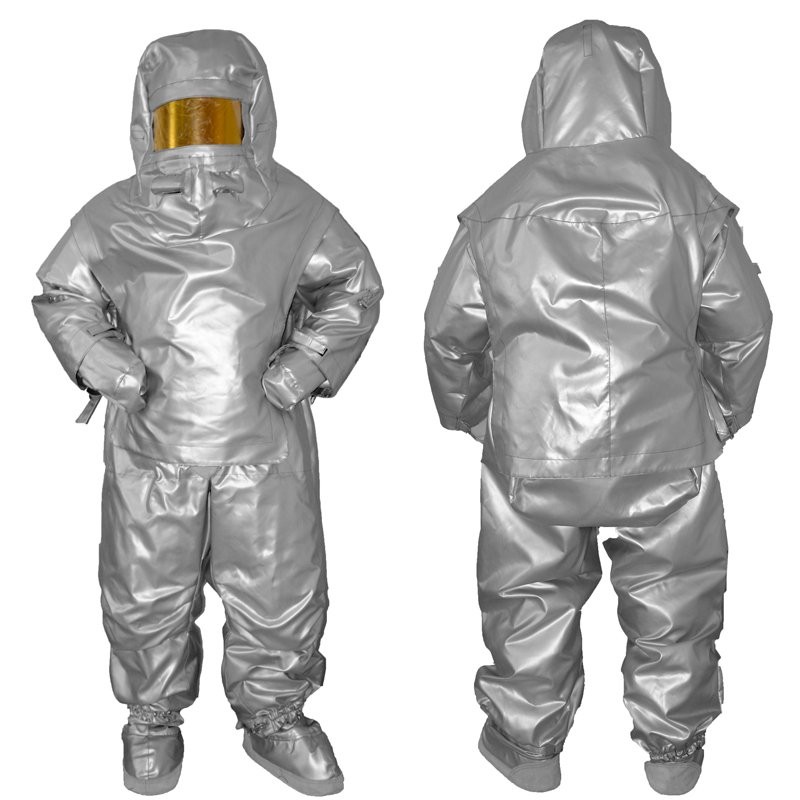
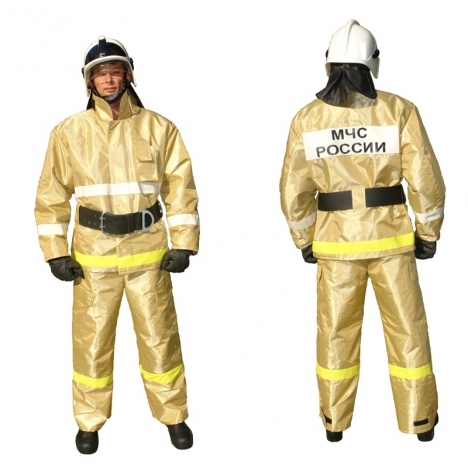


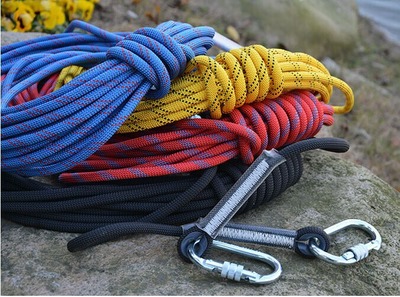
Types
A firefighter's suit implies the presence of the following equipment:
- Trousers;
- Hand protection;
- Overalls;
- Jacket with a hood.
Trousers or overalls must have removable linings to provide thermal insulation of the suit. Let's look at everything that is included in a firefighter's special protective clothing:
- A helmet or hard hat is necessary to protect the face and head from dangerous factors that arise during firefighting and other emergency rescue operations. During use, it is necessary to apply the appropriate insignia to both sides of the helmet;
- A rescue fire carabiner, which is required to secure and insure firefighters while working at height;
- Safety shoes;
- A fire rescue belt (FRB) is required to rescue firefighters and other people while extinguishing a fire at height;
- A belt axe, required for cutting through and opening wooden structures, as well as for moving along roof slopes;
- Fire gloves that protect not only from negative factors during a fire, but also from climatic influences.
In addition to the above, there are local protective equipment, which are a hood with a cape and a viewing window, as well as mittens with gauntlets and shoe covers.
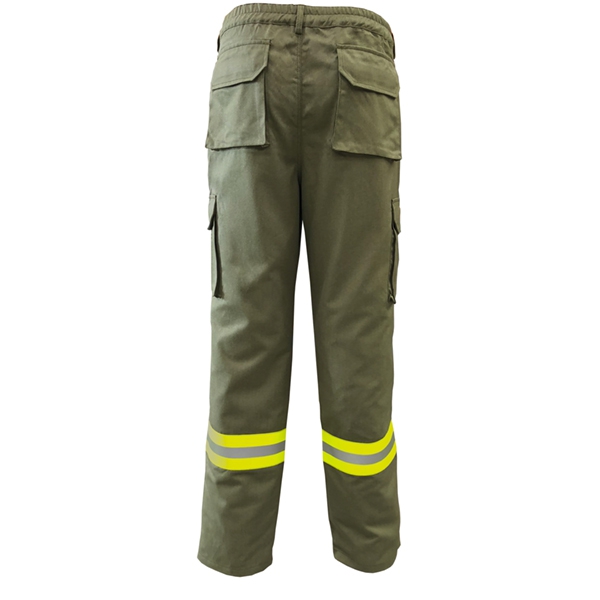
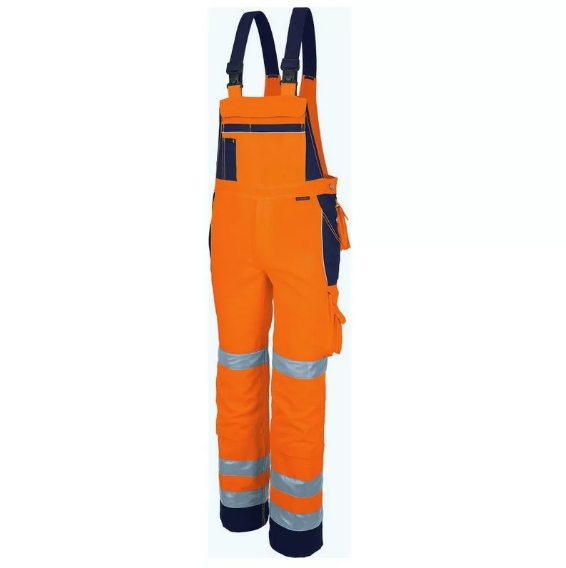
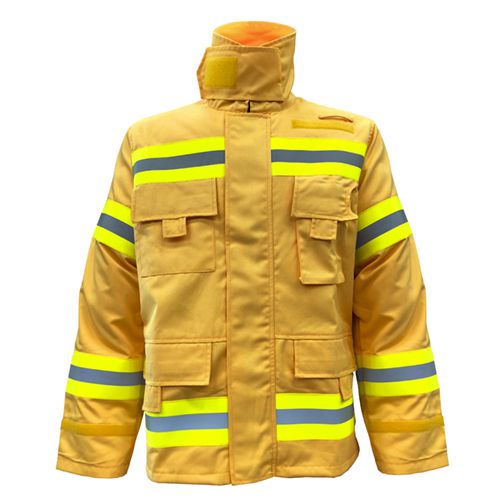
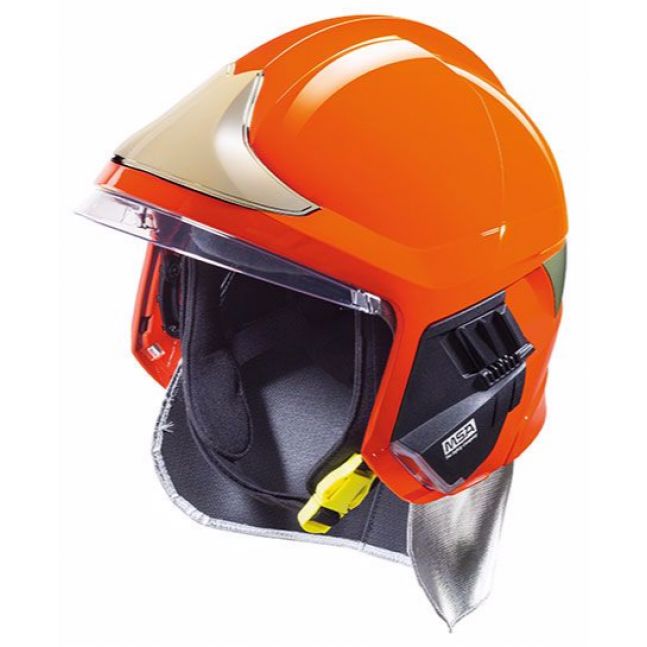

Combat kit
Firefighter combat clothing allows the use of clothing together with equipment. It consists of a package of fabrics and materials, which imply a durable top, a waterproof layer and a removable thermal insulation lining.
The design of the combat kit is such that water and other liquids cannot penetrate under the suit.Combat clothing is made in several sizes, which directly depend on the height of the rescuer.
| Size | Human growth | Designation |
| 48 - 50 | 158 – 164 | 1/I |
| 48 - 50 | 170 – 176 | 1/II |
| 48 - 50 | 182 – 188 | 1/III |
| 52 - 54 | 158 – 164 | 2/I |
| 52 - 54 | 170 – 176 | 2/II |
| 52 - 54 | 182 - 188 | 2/III |
| 56 - 58 | 170 – 176 | 3/II |
| 56 - 58 | 182 – 188 | 3/III |
| 60 - 62 | 170 – 176 | 4/II |
| 60 - 62 | 182 - 188 | 4/III |
The outer material is available in dark blue or black. But it will be easy enough to find a firefighter in a smoky or poorly lit place, as his clothes have reflective and fluorescent inserts.
BOP can be of two types: for privates and for officers. The only difference between them is the design elements, in the form of stripes, stripes and yokes. But for officers, the jacket is longer, and the pads are located in the upper part of the sleeves.
Combat uniform consists of the following elements:
- Vest;
- Trousers and jacket with lining for thermal insulation;
- Collar;
- Hood;
- Gloves;
- Patches;
- Balaclava.
The weight of the combat kit should not exceed five kilograms, and for a suit used in northern regions – no more than seven. Firefighting clothing is classified according to the following criteria:
- Complexity of work;
- Design of execution;
- Damage protection level;
- Firefighting region;
- Level of protection against mechanical impact.
Based on this, there are the following types of firefighter combat clothing, from the most durable to the least protected.

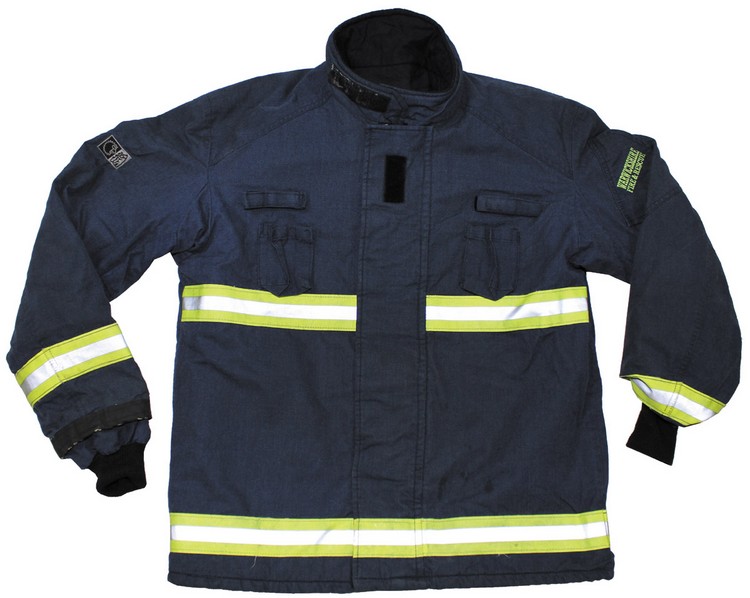
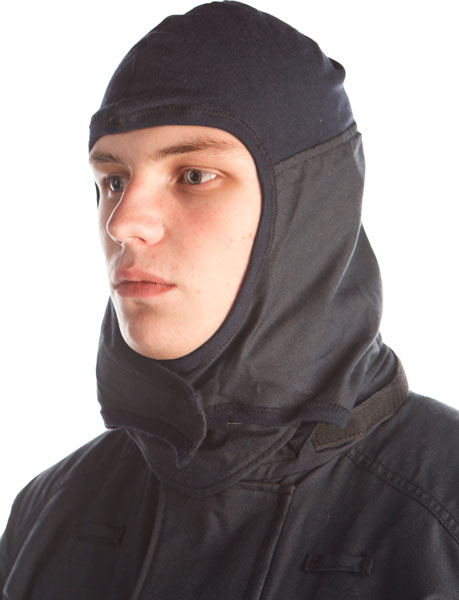
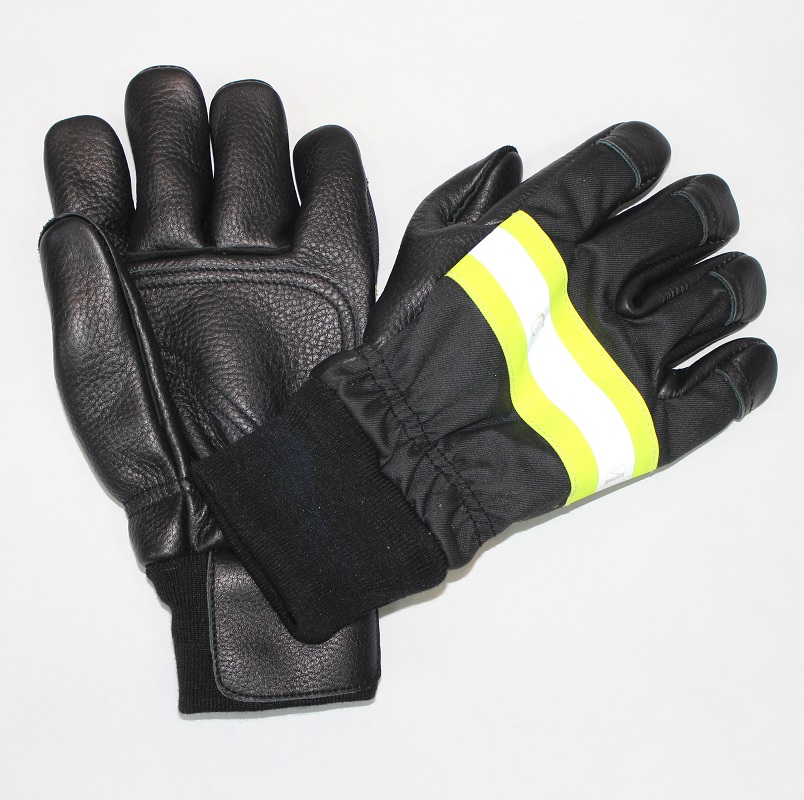
Class 1
First class firefighting clothing protects a person from severe overheating, powerful temperatures and high-speed heat flows. This set is used during extinguishing high-risk fires and is also necessary in case of reconnaissance and rescue operations.
The ability to work in such conditions is due to the uniform being made from a special material that has the following properties:
- Heat resistance;
- Fire resistance;
- Heat reflection.
The fabric is impregnated and coated with special compounds that help protect the firefighter himself. But a first class suit must not only have the above properties, but also be waterproof. This is achieved by using high-tech membrane material.
Class 2
The second class fire suit is made of fire-resistant tarpaulin, which is supplemented with special impregnations, which allows it to withstand the effects of concentrated acids. The characteristics of such a set are almost identical to those of a first-class fire suit. Both sets save the firefighter from the following negative factors:
- Splinters or other sharp objects;
- Strong wind flow;
- Powerful heat flows;
- Flame;
- Smoke;
- Water.
The second class firefighter's suit jacket has a high collar and patch pockets. Moreover, the suit is fastened with a waterproof valve secured with carabiners. The second class kit is more often used in areas with moderately cold climates.
Class 3
The third class uniform is made mainly of heat-resistant vinyl leather. It is necessary for protection during service in areas where heat flows are not particularly intense, since the level of protection in such a suit is lower than in the previous ones.
Vinyl leather is a flame-retardant material that has proven itself well when working in a wide range of temperature conditions. This form protects well from smoke and sparks.
The third class fire uniform is made of heat-resistant fabrics and is used by gas and smoke protection workers and firefighters themselves when extinguishing fires. This kit is designed to protect against heat exposure and high temperatures, but it can only create a short-term barrier to open flames. The kit also includes accessories made of non-flammable materials. The fabric itself has a fairly high tear strength and a lightweight structure, which allows you to easily extinguish fires and be more mobile.Uniforms for all classes must include a long jacket and overalls with linings that are detachable and made of heat-insulating material.
There are numerous images available on the internet that show exactly what a firefighter's uniform looks like and how it differs depending on the class.
Rules for putting on and styling
Due to the specific nature of their work, firefighters are required to dress quickly, spending a minimum amount of time on it. In order to do this, the firefighter's clothing must be folded in advance and kept in a designated place. In the fire department, there are special open shelves on which the uniform is laid out in a strictly defined order.
The belt is placed first, but with the buckle facing up. The carbine, holster and gloves should already be fastened to it. Next comes the jacket, folded along the longitudinal seams, previously turned inside out. The sleeves are tucked in, and the jacket itself is folded in half at the waist, with the back facing up. It is placed with the collar facing you, on the belt. Then the trousers, folded along the longitudinal seams and in half across, with the belt facing you. The straps should be tucked into the trouser folds. The helmet is placed on the trousers with the cape facing you. The boots are placed under the rack with the toes forward and away from you.
When using special clothing, occupational safety precautions must be observed, namely:
- The suit and all equipment must be used exclusively for their intended purpose;
- The size chart must correspond to the firefighter;
- It is prohibited to use firefighting clothing without lining for thermal insulation and without equipment.
In order to properly fold the clothes and get dressed in time, each firefighter undergoes preliminary training. He is given the command "Alarm! Put on gear!", after which the firefighter moves the helmet aside, puts on trousers, then boots, jacket and belt. The helmet is put on last, after which the chin strap is tightened. In rare cases, it is allowed to put on and fasten the helmet strap and belt already in the vehicle.
All movements for putting on special protective clothing of the firefighter's insulating type must be clearly worked out, for which there are training sessions. The firefighter's clothing is removed in the reverse order.
Shoes
Shoes bear a special responsibility, as they are the only item of clothing that always comes into direct contact with the surface.Firefighters' special footwear must protect their feet from harmful factors that arise when extinguishing fires or during the elimination of negative consequences of accidents. Special protective footwear can be made of three materials: rubber, polyvinyl chloride and leather. These materials are used only after appropriate treatment, since in their pure form they can also ignite.
Rubber safety footwear is waterproof, protects against impacts and chemical exposure to aggressive environments. Leather safety footwear also protects against high temperatures and punctures of the sole.
Unfortunately, standard firefighter footwear cannot protect against electric current and very high temperatures. But it reliably protects the toe part from temperature exposure when the temperature is at least two hundred degrees Celsius, and the heat flow is up to 5 kW/m2 for at least five minutes.
Depending on the modification, firefighter footwear can be made in such a way that it protects against the effects of electric current, chemical reagents and even radiation. If necessary, shock-absorbing pads are used in footwear to protect a person from injuries, bruises and dislocations. When a firefighter works in northern regions, he is additionally given two pairs of insulation, which can be washed if necessary.
Additional equipment
Additional firefighter equipment includes the following items:
- Fire lanterns;
- Radio beacons;
- Sound beacons;
- Thermal imagers.
A fire lantern is a light device that consists of a power source, light and lighting fixtures. It is required to illuminate the area where rescue or fire extinguishing operations are being carried out. Such a lantern is carried by one person. A portable group lantern is also necessary for lighting areas where the corresponding work is being carried out, but it is in service with fire departments. There is also an individual lantern, which is used not only for fire extinguishing, but also for reconnaissance in smoke-filled rooms.
In order to effectively eliminate a fire or the consequences of an accident, not only high-quality uniforms are required, but also serviceable equipment, which can be removable from the fire engine or non-removable. The second option involves fire pumps, extinguishing tanks and vacuum devices.


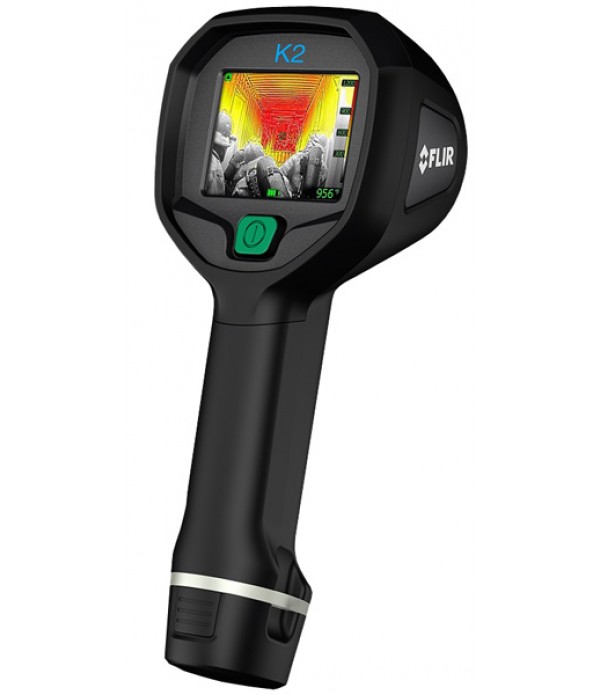
Video
Photo


